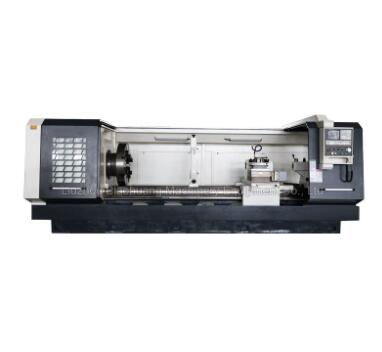In the realm of oil and gas drilling, efficiency, safety, and precision are paramount. One crucial piece of equipment that contributes significantly to these factors is the bucking unit. Bucking units play a pivotal role in the assembly and disassembly of tubular connections, ensuring that the drill string remains intact and secure during drilling operations. Choosing the right bucking unit is a decision that requires careful consideration, as it can impact operational success, cost-effectiveness, and worker safety.
Understand Your Operational Needs
Before diving into the market for bucking units, it is imperative to have a clear understanding of your operational requirements. Factors such as the types of tubular connections you will be working with, the volume of operations, and the desired torque capabilities should be evaluated. Different bucking units offer varying levels of torque, size capacities, and speed. A comprehensive assessment of your needs will guide your decision-making process.
Consider Safety Features
Safety should always be a top priority in any industrial setting. When choosing a bucking unit, ensure that it comes equipped with the necessary safety features to protect workers and equipment. Look for features like emergency stop buttons, torque monitoring systems, and protective enclosures. A unit with advanced safety mechanisms can reduce the risk of accidents and injuries, enhancing the overall work environment.

Evaluate Automation and Control Systems
Incorporating automation and advanced control systems into your bucking unit for sale can significantly improve efficiency and accuracy. Modern units offer features like programmable logic controllers (PLCs) and touchscreen interfaces that streamline operations and reduce human error. These systems allow for precise torque control and data collection, enabling better decision-making and maintenance planning.
Versatility and Compatibility
The oil and gas industry is constantly evolving, and your bucking unit should be adaptable to different connection types and sizes. Opt for a unit that offers versatility, allowing you to work with a range of tubular connections without the need for constant adjustments or changes in equipment. Compatibility with industry standards and connection types ensures smooth integration into your existing processes.
Consider Maintenance and Serviceability
Regular maintenance is essential to keep your Hydraulic Bucking Unit in optimal working condition. When selecting a unit, assess its maintenance requirements and ease of servicing. Look for units that offer accessible components, easy calibration, and readily available replacement parts. A bucking unit with straightforward maintenance procedures can minimize downtime and extend the equipment's lifespan.
Energy Efficiency
Energy consumption not only affects operational costs but also environmental impact. Choose a bucking unit that prioritizes energy efficiency through features such as variable frequency drives (VFDs) and power-saving modes. Reduced energy consumption not only contributes to cost savings but also aligns with sustainability goals.
Training and Support
Investing in a bucking unit involves more than just the equipment itself. Adequate training and ongoing technical support are vital to ensure your team can operate the unit effectively and troubleshoot any issues that may arise. Choose a manufacturer or supplier that offers comprehensive training programs and responsive customer support to address any concerns or challenges.
Conclusion
Selecting the right bucking unit is a significant decision that can impact the efficiency, safety, and overall success of your oil and gas drilling operations. By thoroughly understanding your operational needs, prioritizing safety features, evaluating automation options, considering versatility and compatibility, assessing maintenance requirements, focusing on energy efficiency, and ensuring adequate training and support, you can make an informed choice that aligns with your objectives. Remember, a well-chosen bucking unit is an investment that not only enhances your operational capabilities but also contributes to the advancement of your industry as a whole.
Previous: Should you choose an automated truck cleaning system?
Next: Choosing the Right CNC Lathe Machine for Your Manufacturing Needs
Comments
Please Join Us to post.
0